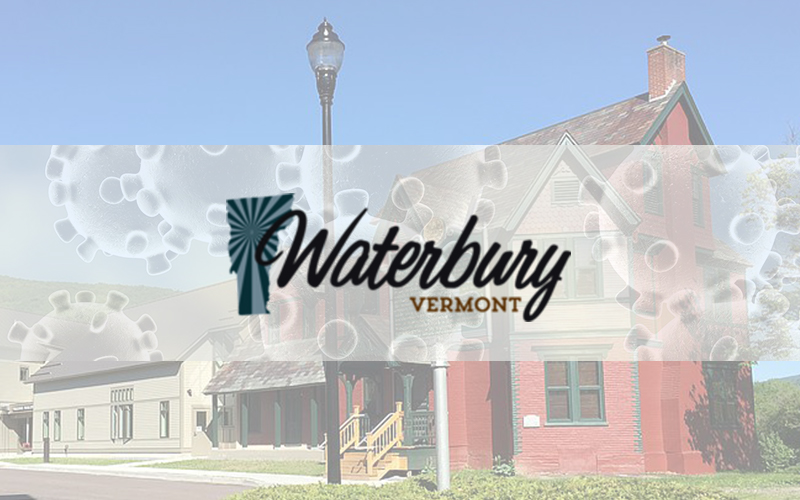“It’s not just about being called the ‘n-word’ at Harwood or on the streets here in Waterbury. I was called names, told ‘you don’t belong here.’ Twice, I was chased down the road with a gun to my face for being black. That happened to me. It exists. It’s happening right now,” said Waterbury resident Maroni Minter about his own experiences with racism in Waterbury.
At the Waterbury Select Board meeting on Monday, June 15, Minter and Erin Hurley, chair of the Waterbury Children’s Room board, addressed the select board to ask for its support in acknowledging and combatting racism in the town. Specifically, they asked that the board approve an installation of a mural dedicated to racial justice. The mural would be located on the concrete retaining wall under the new train trestle at the Waterbury train station. “The piece would be a symbolic gesture of support for anti-racism,” said Minter.
After a lengthy discussion on racial equity, the board made two motions. The first allowed Minter and Hurley to bring an art design to the board for consideration at a future date. The second stated that select board members recognize the reality of racial injustice in Waterbury and vow to support Black/Indigenous People of Color (BIPOC) community members in Waterbury.
While the mural has yet to be designed, Minter expects the painting to be a collage of faces of black heroes, with no writing or depiction of political symbols. Despite acknowledging Maroni’s apolitical intentions, several board members resisted the mural idea, fearing it might offend community members. “If you’re going to use art to make a statement about a problem, it’s going to offend someone,” said town manager Bill Shepeluck.
Select board chair Chris Viens was also worried about offending community members with the mural. “When you try to force opinions onto other people they tend to get offended. That’s where some of the problems begin,” said Viens. “There’s got to be better ways of educating people in a more subtle manner to get the point across.”
APPROVAL
Other select board members expressed adamant approval of the installation of a racial justice mural. “We need to stand up with a unified voice and say, ‘We see you. We get it. We’re not going to stand for it,’” said select board member Nathaniel Fish, who proceeded to tell the board a story about a racial justice rally in Waterbury on Sunday in which he watched tears roll down his daughter’s face as her black friend got up on stage to talk about the racism she experiences every day as a student.
“It took every ounce of courage that little girl had to just physically walk up to that stage. She was terrified. She’s terrified to walk down the same halls in the same school that my kids go to,” said Fish. “We need to stand up and say that we’re not going to take it anymore. If this is what it takes, if it takes putting up something that’s going to piss somebody off, I say, piss em off!”
Viens suggested that a mural of white and black people hugging might be less offensive than a mural of only black faces. “That sends a better message than singling out one color from the other, if you’re trying to create an all-inclusive mentality to show that black people and white people can be together and be fine.”
To this, Minter pointed out that much art exists with exclusively white faces pictured, and nobody gets offended by that. “With all due respect, when I hear this, me, as a black person, it’s the same thing as hearing ‘all lives matter,’” said Minter. “Celebrating African-American heroes should not offend a white person because there is no white face in it.”
Hurley appealed to the board by explaining that the mural is for the kids. “This is about the many children in our town that are of color. It’s about supporting them and letting them have a wonderful childhood in this town,” said Hurley. “We think that having a mural is a start.”







